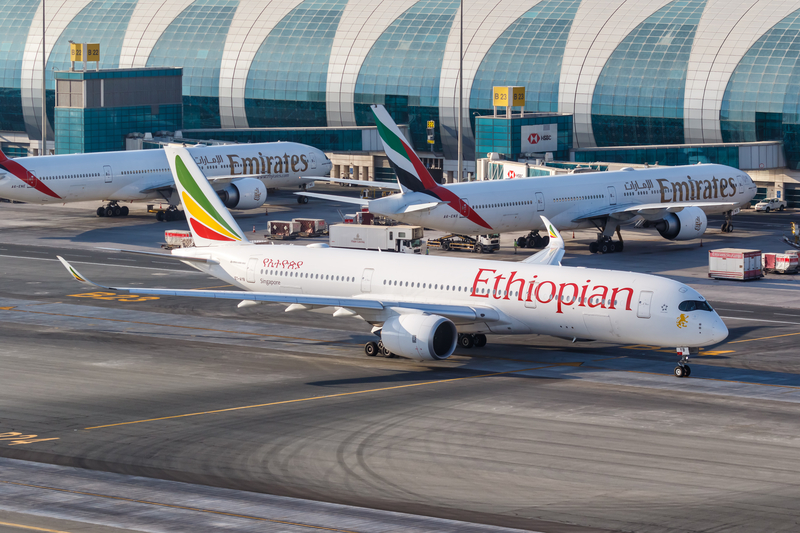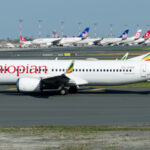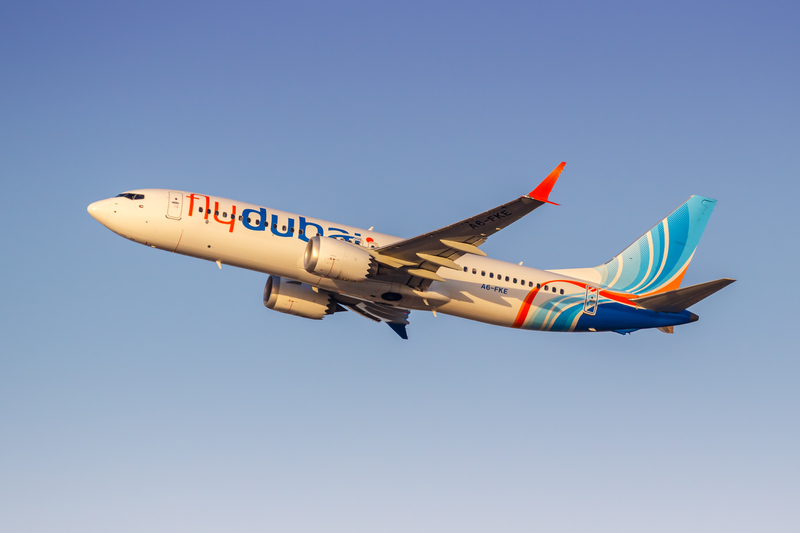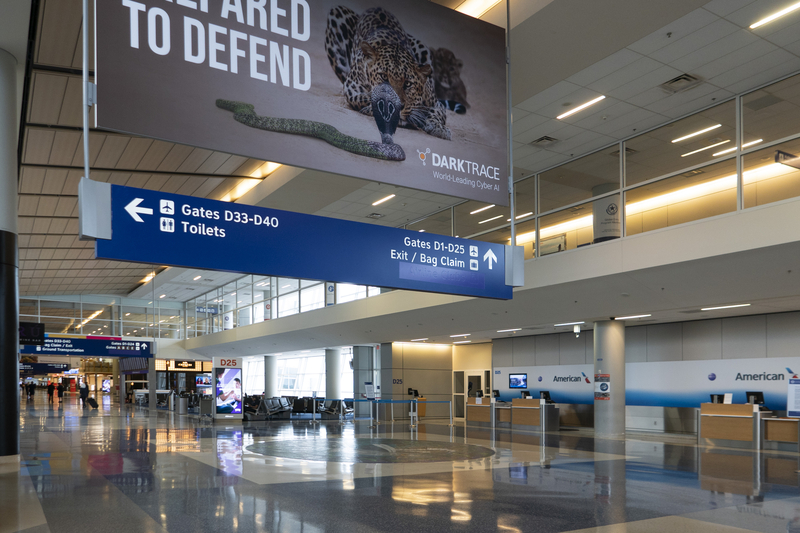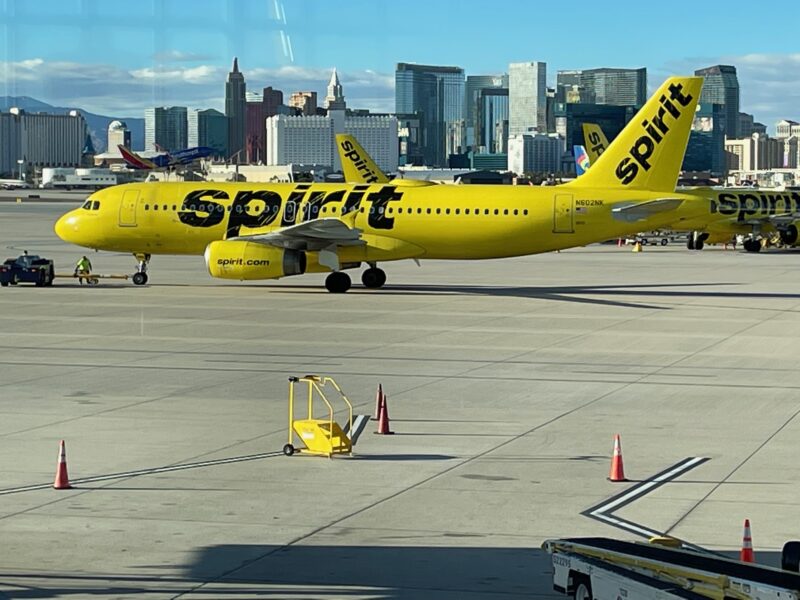Ethiopian Adds Six More A350-900s, Extending Lead As Africa’s Largest A350 Operator
Ethiopian Airlines has firmed an order for six Airbus A350-900s, reinforcing its status as Africa’s largest A350 customer and operator and accelerating its long-haul fleet renewal.
Ethiopian Airlines Group CEO Mesfin Tasew framed the deal as both a growth and quality play:
“As the continent’s leading airline and the largest operator of the A350, this milestone order further supports our vision to grow sustainably while providing a world-class travel experience to our passengers and strengthening our position as the aviation leader in Africa.”
Airbus EVP Sales Benoît de Saint-Exupéry hailed the deepening relationship, calling the A350’s “state-of-the-art technology, efficiency and versatility” a strong fit for Ethiopian’s intercontinental network.
Why the A350-900, and Why Now
The A350-900 is a long-range widebody designed to fly up to 9,700 nm (18,000 km) non-stop, pairing next-generation aerodynamics with Rolls-Royce Trent XWB engines and extensive use of lightweight composites. Versus older twin-aisle types, Airbus cites about 25% lower fuel burn, operating cost and CO₂ emissions, a profile that aligns with Ethiopian’s twin goals of capacity growth and sustainability.
Cabin-wise, the A350’s Airspace interior brings higher cabin humidity, wider aisles, larger bins and advanced lighting—features that support Ethiopian’s push to standardize a modern passenger experience across trunk routes heaviest with premium and connecting demand.
Network Impact: Addis Ababa’s Global Reach
From its hub in Addis Ababa, Ethiopian knits together Africa–Europe–Asia (and beyond) flows with tight banks of connections. Additional A350-900s give the carrier more flexibility to:
-
Upgauge high-yield corridors where demand outstrips current supply.
-
Improve reliability and unit costs by consolidating around newer, common long-haul gauges.
-
Enhance product consistency, especially on routes where mixed fleets currently result in uneven cabins.
Expect the new frames to appear first on marquee intercontinental sectors where their range, economics, and cabin product can move the revenue needle most.
Sustainability Track
Like all Airbus types today, the A350 can operate with up to 50% Sustainable Aviation Fuel (SAF), and Airbus is targeting 100% SAF capability by 2030. For Ethiopian, that provides a credible pathway to incremental carbon reductions as SAF supply scales, while locking in lower baseline emissions from the airframe and engine combo itself.
The Bigger Picture
Airbus reports that, as of end-October 2025, the A350 family has accumulated over 1,400 orders from 64 customers, underscoring the global shift toward new-tech widebodies. For Ethiopian, this six-aircraft top-up deepens a fleet strategy built around efficiency, range, and a consistent passenger product—key ingredients as Africa’s largest network carrier competes for transfer traffic and premium demand across continents.
Bottom Line
The order is modest in size but big in signal. Ethiopian is doubling down on the A350-900 as the backbone of its long-haul growth—adding capacity, cutting fuel and emissions, and sharpening its competitive edge on the world stage.
